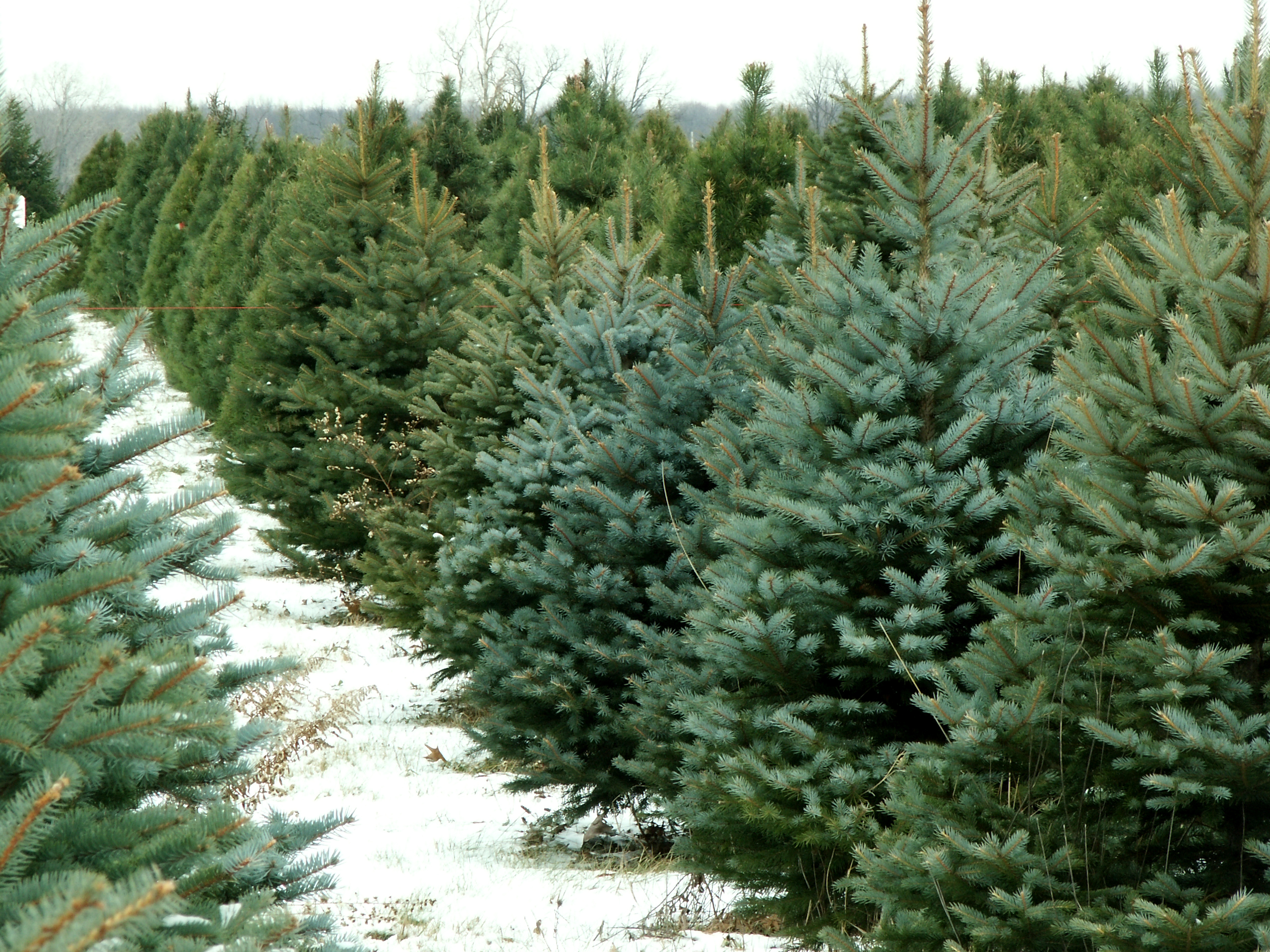For years the debate has raged – should you deck your halls with a real Christmas tree or an artificial one? Real trees fill your home with a magical, wintry, seasonal scent, yet there are deforestation and climate change concerns associated with them. Artificial trees, on the other hand, last for years and don’t have messy needles, but they’re typically made from petroleum byproducts and PVC, are a potential fire hazard, and eventually end up in landfills, forever decomposing. So how do you decide? We’re here to end the Great Christmas Tree Debate – once and for all!
Get the real tree! Yes, a real, live tree. Real trees are better for the environment, and below, we lay out the facts.
The Real Truth About Fake Trees
- Nearly 90% of all artificial firs are made in China. They are manufactured using unregulated, dangerous levels of petroleum byproducts (non-renewable resources) and chemicals. Many faux trees have been tested and show harmful levels of lead and arsenic.
- The average tree will arrive at your local store by way of cargo ships, planes, trains, trucks and automobiles. You can safely assume that your China-made artificial tree has a large transport-related carbon footprint.
- Artificial trees are non-recyclable and non-biodegradable, which means that they will sit in a landfill for centuries. And in the meantime, the materials and chemicals from the tree (lead, arsenic and petroleum byproducts) leak into the soil, our water systems, and eventually into the food chain. The chemicals have been shown to cause cancers, damage immune functions, and harm child development.
- They’re a fire hazard. Over time, highly flammable dust accumulates on artificial trees. Pre-lit trees are recognized as especially prone to flammability, as their wiring starts to break down after being taken apart and put back together year on year. Pre-lit trees are also found to contain additional dangerous chemicals, such as mercury, cadmium, and chromium.
- If you’re concerned about deforestation, know that today, many trees come from sustainable tree farms. Pine and fir trees grow rather quickly and actually thrive in poor soil. In fact, in Australia, pine trees grow so quickly and easily, they’re considered weeds.
- Many tree farms are also located in relatively close proximity to cities, so it’s not difficult to purchase a tree near your home. This limits transportation and the widening carbon footprint associated with long travel times.
- Organic Christmas tree farms are located throughout the US. These farms use organic methods to raise their trees and they refrain from using pesticides on their crops (and the farms that use pesticides, do so sparingly). Find the organic farm closest to you for a truly green tree.
- Real trees can be recycled once the season is over. Their trunks can be chopped up into firewood, their boughs used for protection for perennial flower beds, or the entire tree can be recycled for mulch, letting the Christmas spirit live on for months to come.
But, what if you’ve already purchased an artificial tree and it’s up, decorated and beautiful?
Offset the damage of your environmental faux pas with carbon offsets. For less than the cost of a bad fruitcake, you’ll support projects around the country that reduce greenhouse gas emissions and help ensure a more sustainable future.
For more environment news and information, stay connected to the Terrapass Footprint Blog. And don’t forget to follow us on Twitter and like us on Facebook, where we’re always sharing tips and information on living an eco-friendly, green lifestyle.
Brought to you by terrapass.com
Sources:
https://earth911.com/home-garden/real-vs-artificial-christmas-trees/
https://www.thisoldhouse.com/ideas/10-uses-your-dead-christmas-tree
https://www.greenlivingtips.com/articles/green-christmas-trees.html
https://www.care2.com/greenliving/ways-to-recycle-christmas-trees.html








